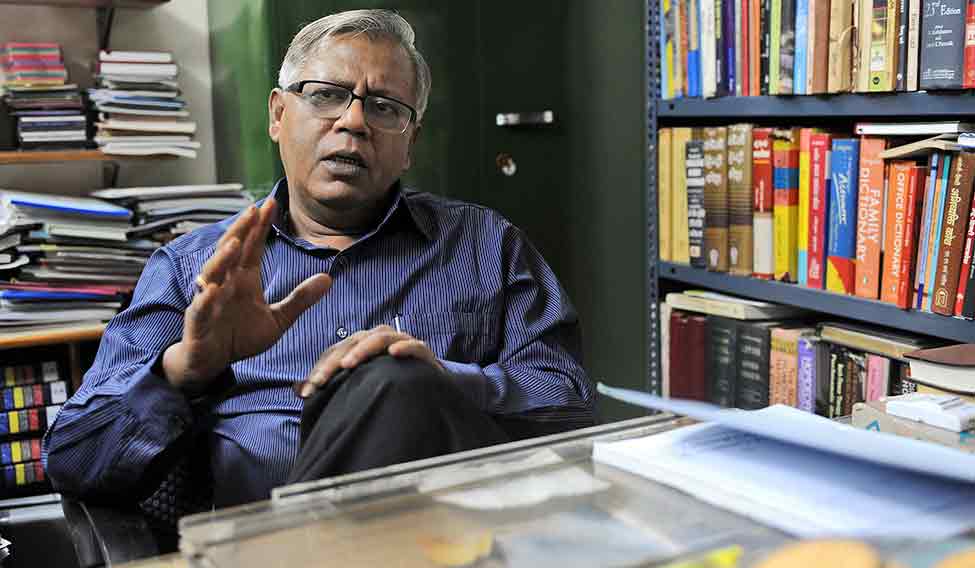The security response to the Maoist challenge has been mostly ad hoc and reactive in nature. In Chhattisgarh, the Maoists are deeply entrenched in the district of Sukma, Dantewada, Bijapur, Narayanpur and parts of Bastar, Kondagaon and Kanker. The objective should be to dislodge them from these districts through continuous security operations. Small intelligence-based operations, which seem to be the present strategy, would hardly dent the Maoist military and political structures. Another recent strategy of the Chhattisgarh Police is to lure Maoists to surrender. Unfortunately, only foot soldiers and a handful of low- and medium-level Maoist commanders have surrendered.
Inter-state and Centre-state coordination remain a challenge. According to the federal structure, Central paramilitary forces come to assist the state government to tackle law and order or insurgency situations. They are legally required to work under the local police chiefs. In Chhattisgarh, however, a director general of a Central force, without any consultation with the state police chief, had once issued an order that the force would never take part in any operation more than 5km from the camp. So, the problems of coordination will persist until the Central forces understand that their job is to assist the state police.
The Army has been studying the Maoist problem in-depth for quite some time, and has decided to use the terrain of Bastar for training. But, I believe the Indian police can dislodge the Maoist military apparatus if they plan their goals and objectives strategically, on a long-term basis.
The Maoists operate on multiple layers. The first and most dangerous is the military level. They have a well-trained people’s army trained to live in jungles without regular camp facilities. However, according to various estimates, the armed component is not more then 10,000.
The second is the political layer that established the janata sarkar (revolutionary councils), which must be responded to not only through security components, but also politically, to wean people away from Maoism. The third layer is more insidious. Maoist documents clearly identify the secret urban bases and the quasi-legal organisations they have created and the various civil and human rights bodies they have penetrated to checkmate the efforts of security forces by raising the bogey of police atrocities and, in many cases, using the Indian legal system to their advantage. Therefore, in an all-out war, each layer of Maoist operations has to be dealt with differently and effectively. Unfortunately, this has not been done so far.
Former director general of police in Chhattisgarh, Ranjan led the Operation Green Hunt against the Maoists.






